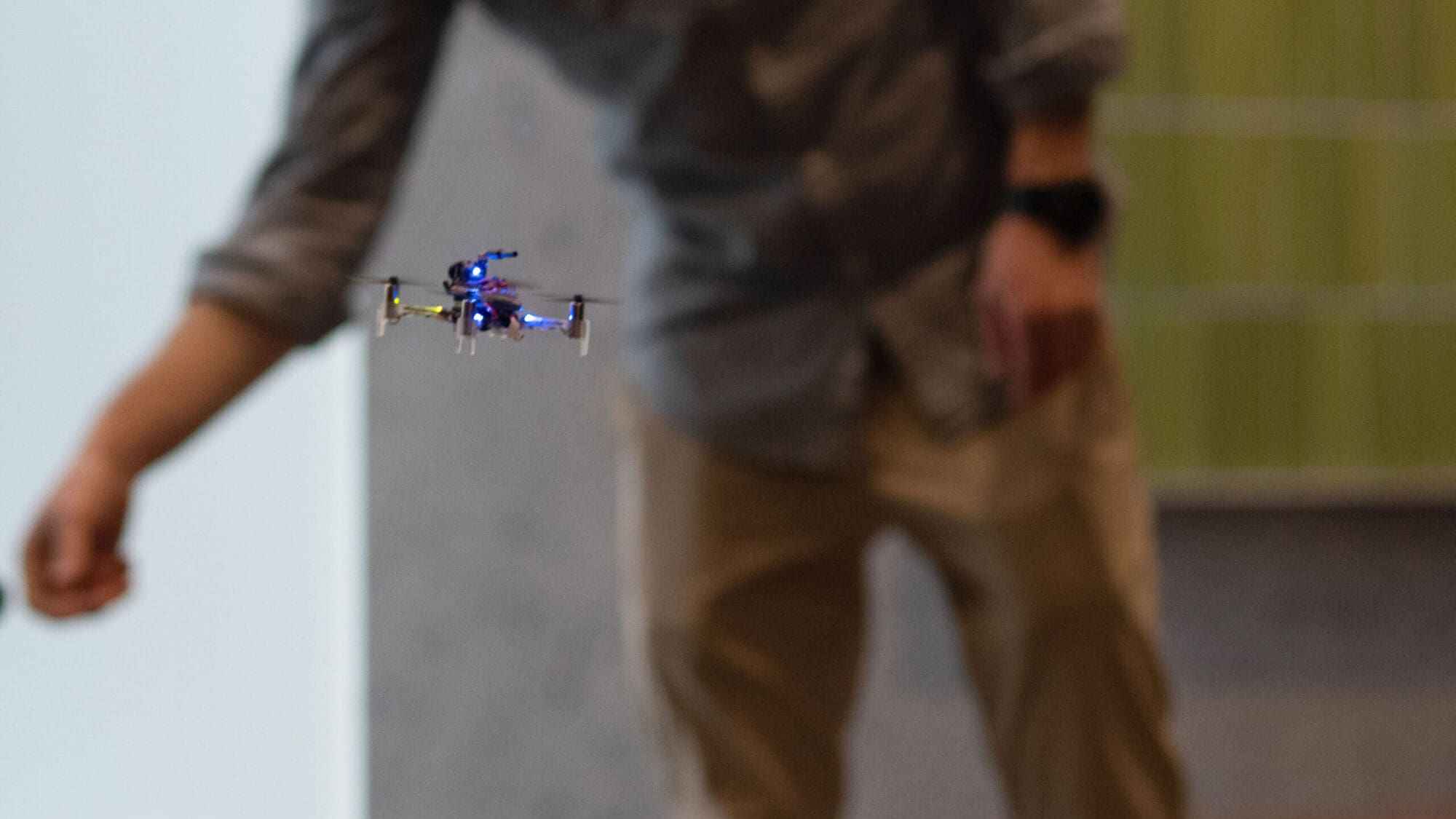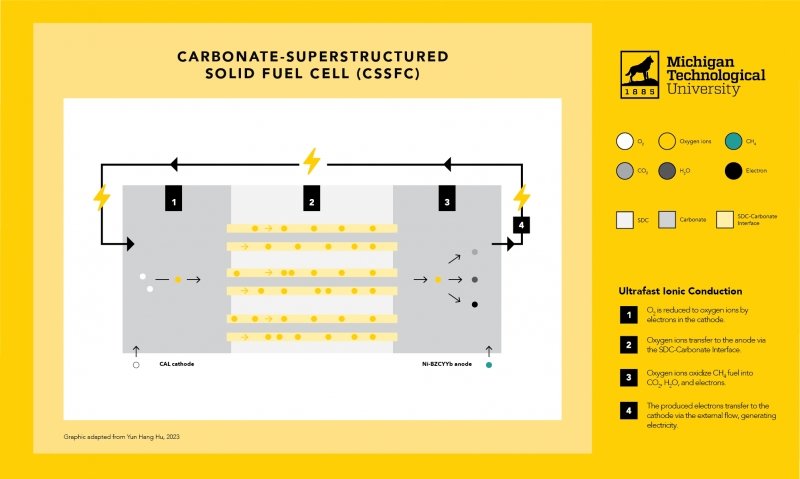2023-04-05 プリンストン大学

The researchers are working to improve controls for flight systems and other applications that demand quick responses. Photo by Bumper DeJesus
研究チームは、データからダイナミックシステムの振る舞いを学ぶアルゴリズムを設計しており、航空機やロボット、病気の拡大など、様々な分野に適用される可能性がある。今後は、より複雑な問題に取り組み、システムをコントロールするアルゴリズムを開発する予定である。
<関連情報>
- https://engineering.princeton.edu/news/2023/04/05/teaching-robots-think-fly
- https://epubs.siam.org/doi/abs/10.1137/20M1388644
側面情報を用いた力学系の学習 Learning Dynamical Systems with Side Information
Amir Ali Ahmadi and Bachir El Khadir
SIAM Review Published:9 February 2023
DOI:https://doi.org/10.1137/20M1388644
Abstract
We present a mathematical and computational framework for learning a dynamical system from noisy observations of a few trajectories and subject to side information. Side information is any knowledge we might have about the dynamical system we would like to learn, besides trajectory data, and is typically inferred from domain-specific knowledge or basic principles of a scientific discipline. We are interested in explicitly integrating side information into the learning process in order to compensate for scarcity of trajectory observations. We identify six types of side information that arise naturally in many applications and lead to convex constraints in the learning problem. First, we show that when our model for the unknown dynamical system is parameterized as a polynomial, we can impose our side information constraints computationally via semidefinite programming. We then demonstrate the added value of side information for learning the dynamics of basic models in physics and cell biology, as well as for learning and controlling the dynamics of a model in epidemiology. Finally, we study how well polynomial dynamical systems can approximate continuously differentiable ones while satisfying side information (either exactly or approximately). Our overall learning methodology combines ideas from convex optimization, real algebra, dynamical systems, and functional approximation theory, and can potentially lead to new synergies among these areas.



